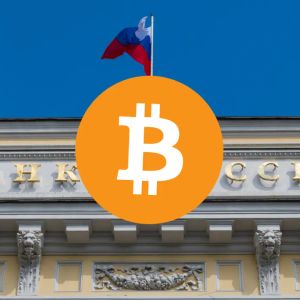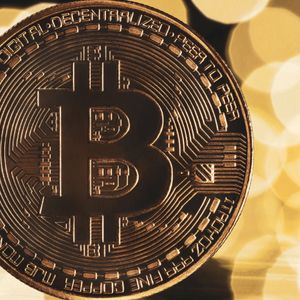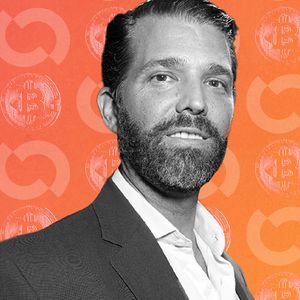Vet (@Vet_X0), a validator on the XRP Ledger (XRPL), recently drew attention to an X space he hosted in February, where Ripple’s Chief Technology Officer (CTO), David Schwartz, shared intriguing insights into XRP. Vet mentioned Schwartz’s revelation that XRP was the reason the decentralized exchange (DEX) was created. Schwartz explained the rationale behind the creation of the DEX on the XRPL, tying its development to the network’s resistance to both hard and soft censorship. Did you know – The censorship resistant consensus mechanism of the XRP Ledger led to the development of the DEX . — Vet (@Vet_X0) May 25, 2025 Understanding Censorship in Blockchain Systems He began by describing the distinction between the two forms of censorship. Hard censorship happens when a transaction is entirely blocked, such as when miners ignore it for political reasons, leaving it unconfirmed. This is usually visible, as the transaction is broadcast but never finalized. Soft censorship, by contrast, delays rather than blocks. In Bitcoin, a miner with substantial hashing power could choose to deprioritize a specific user’s transactions, slowing them down without fully preventing them. While the transactions eventually get confirmed, they may take longer than expected, affecting use cases requiring speed and reliability. This is more of a problem for XRP, which is significantly faster than Bitcoin and most competitors and relies on that speed to provide numerous services globally. XRP’s Unique Resistance to Soft Censorship According to Schwartz, the XRPL is designed to prevent both hard and soft censorship. The consensus protocol employed by the XRPL does not rely on a single block producer or leader, meaning no single participant can manipulate the order or inclusion of transactions. We are on twitter, follow us to connect with us :- @TimesTabloid1 — TimesTabloid (@TimesTabloid1) July 15, 2023 This characteristic is especially relevant in use cases involving financial exchanges. As Schwartz noted, “front-running would be a problem if you didn’t have soft censorship resistance.” The ability to execute transactions fairly and predictably is critical for any trading platform. The DEX Emerges from Technical Strengths Schwartz explained that once the XRPL’s resilience to soft censorship became evident, the team began exploring what applications would benefit most from that property. A decentralized exchange was a logical choice because it depends heavily on transaction order, speed, and fairness. “We realized that that would make sense if you had a sort of multi-currency marketplace where transactions were competing for something like liquidity,” Schwartz said. This realization led Ripple’s Arthur Britto to focus on building the DEX as a core feature of the XRPL. While XRP has been tagged centralized in the past by critics, this approach shows that the asset is decentralized as it champions the principles of decentralization and ensures that any validator attempting soft censorship can be identified and removed from the Unique Node List (UNL). Disclaimer : This content is meant to inform and should not be considered financial advice. The views expressed in this article may include the author’s personal opinions and do not represent Times Tabloid’s opinion. Readers are urged to do in-depth research before making any investment decisions. Any action taken by the reader is strictly at their own risk. Times Tabloid is not responsible for any financial losses. Follow us on X , Facebook , Telegram , and Google News The post Ripple CTO: XRP Ledger Is Designed to Prevent Hard and Soft Censorship appeared first on Times Tabloid .



















